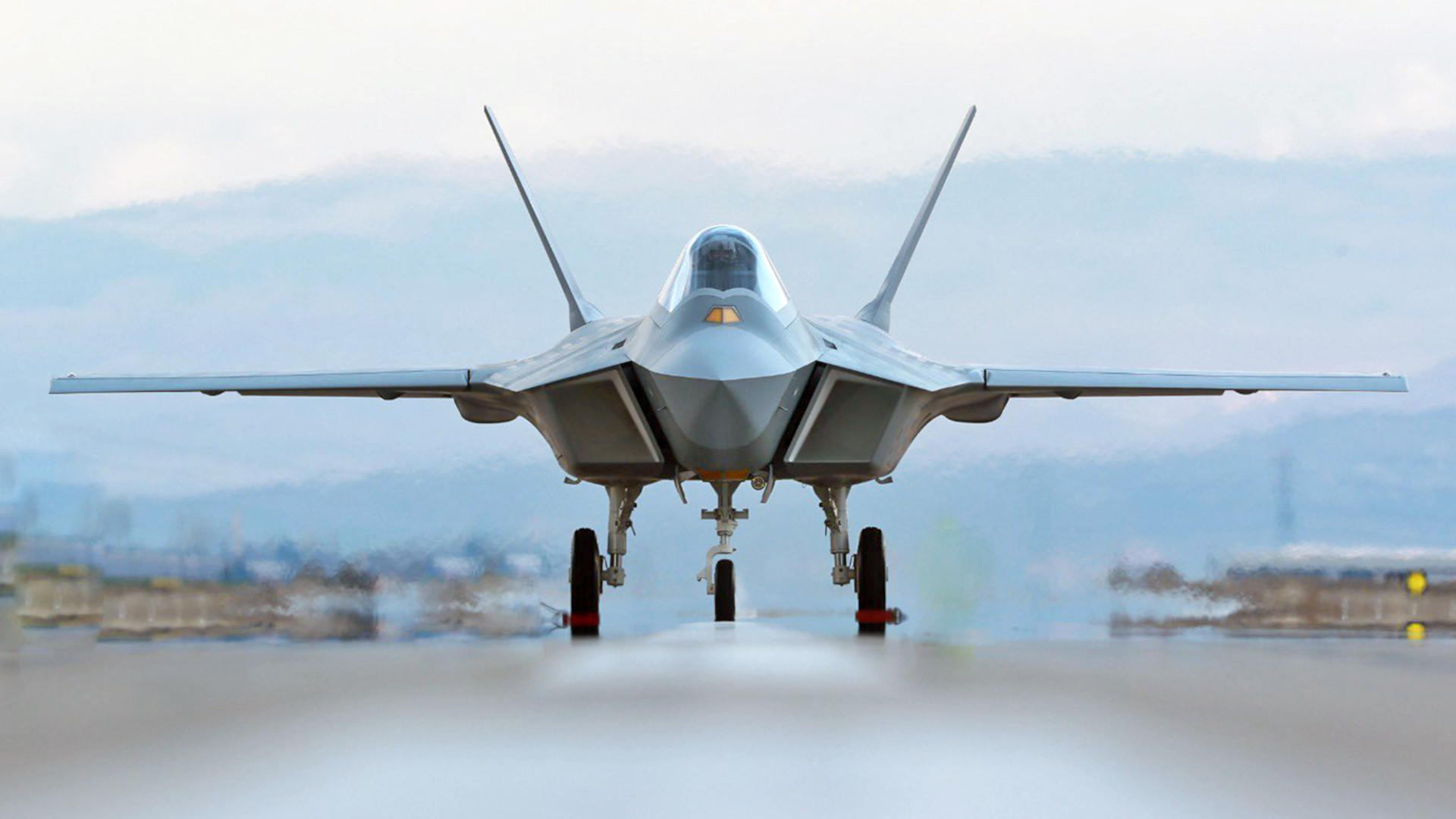The first prototype of Turkey’s TF-X next-generation fighter jet has reportedly completed a series of taxi tests ahead of its formal rollout tomorrow. Temel Kotil, CEO of the aircraft’s manufacturer, Turkish Aerospace Industries, said in January that the jet could make its maiden flight this year.
Turkey’s state-run Defense Industry Agency, or Savunma Sanayii Başkanlığı (SSB), has released a set of pictures of the apparently complete, or at least near complete, TF-X prototype on the runway at an unspecified location. The photographs are likely from Turkish Aerospace Industries’ facilities in Ankara, where construction of the aircraft is known to have been occurring. This company, also known by its Turkish acronym TUSAS, has been leading the development of this aircraft under a program formally known as the Milli Muharip Ucak (MMU), or National Combat Aircraft project.
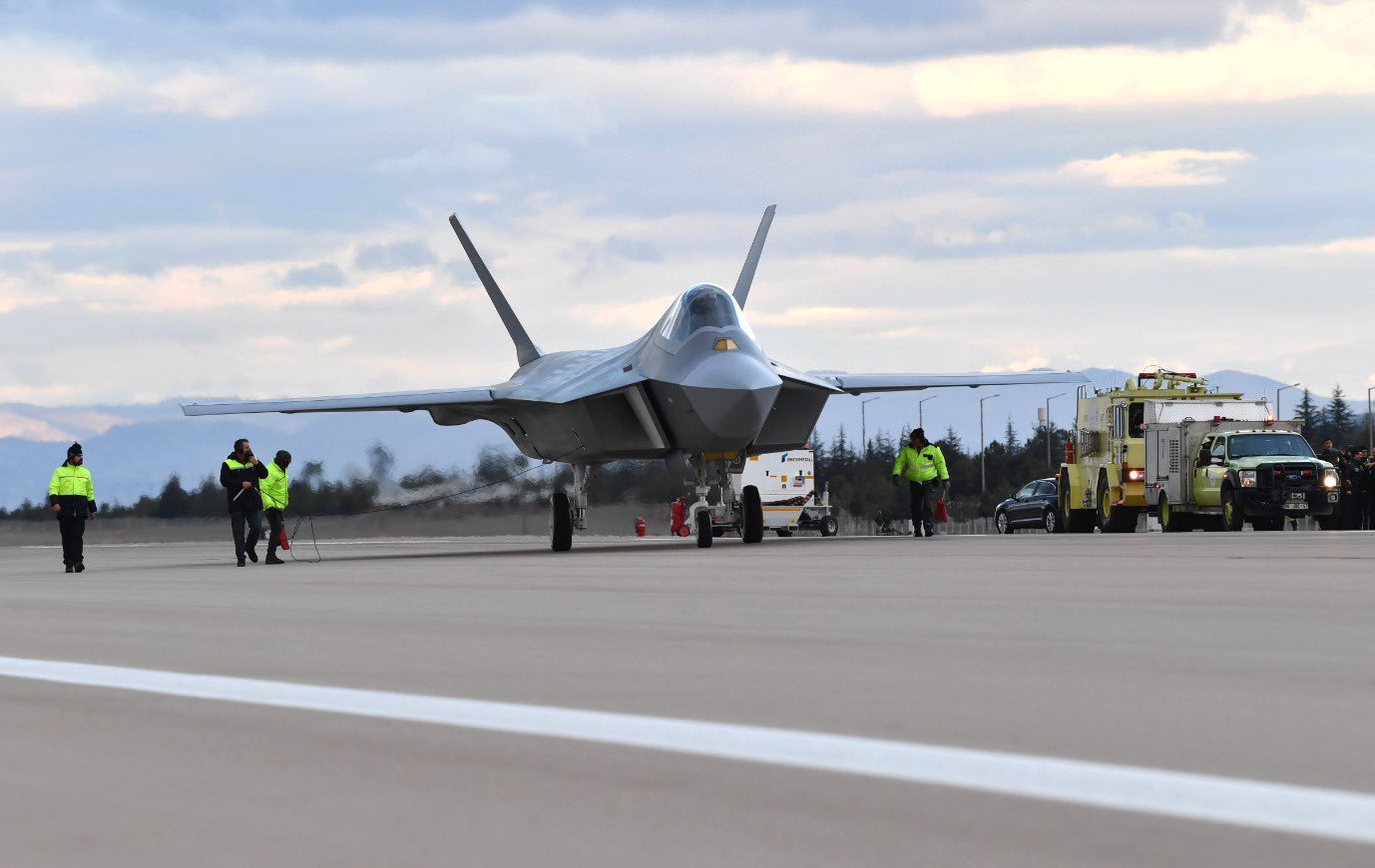
“We said that we would take our National Combat Aircraft out of the hangar on March 18. Our plane is on the runway today!” Ismail Demir, the current SSB chief, wrote on Twitter, according to a machine translation of his post. “Hopefully, under the leadership of @RTErdogan [Turkish President Recep Tayyip Erdogan] we will witness its soaring in our sky country.”
This follows Turkish website SavunmaSanayiST.com’s publication of two pictures that appear to be of the jet from the same location. The site said these were taken during a taxi test yesterday ahead of the formal rollout.
All told, the TF-X effort, which kicked off in 2010, appears to have reached a significant milestone. TF-X has an ambitious schedule for an advanced fighter jet program, with the hope that the first examples will begin to enter service in 2030.
The new pictures of the prototype again show what appears to be a novel sensor configuration at the front end of the aircraft. This looks to consist of an infrared search and track (IRST) sensor system, which could have other functions, as well, positioned on top of the nose in front of the cockpit in a fixed faceted low-observable enclosure, and a multi-purpose electro-optical targeting system, or EOTS, below the forward fuselage. This arrangement, unique among known advanced fighter jet designs currently fielded or in development, could offer significant benefits, as The War Zone has previously explored in depth.
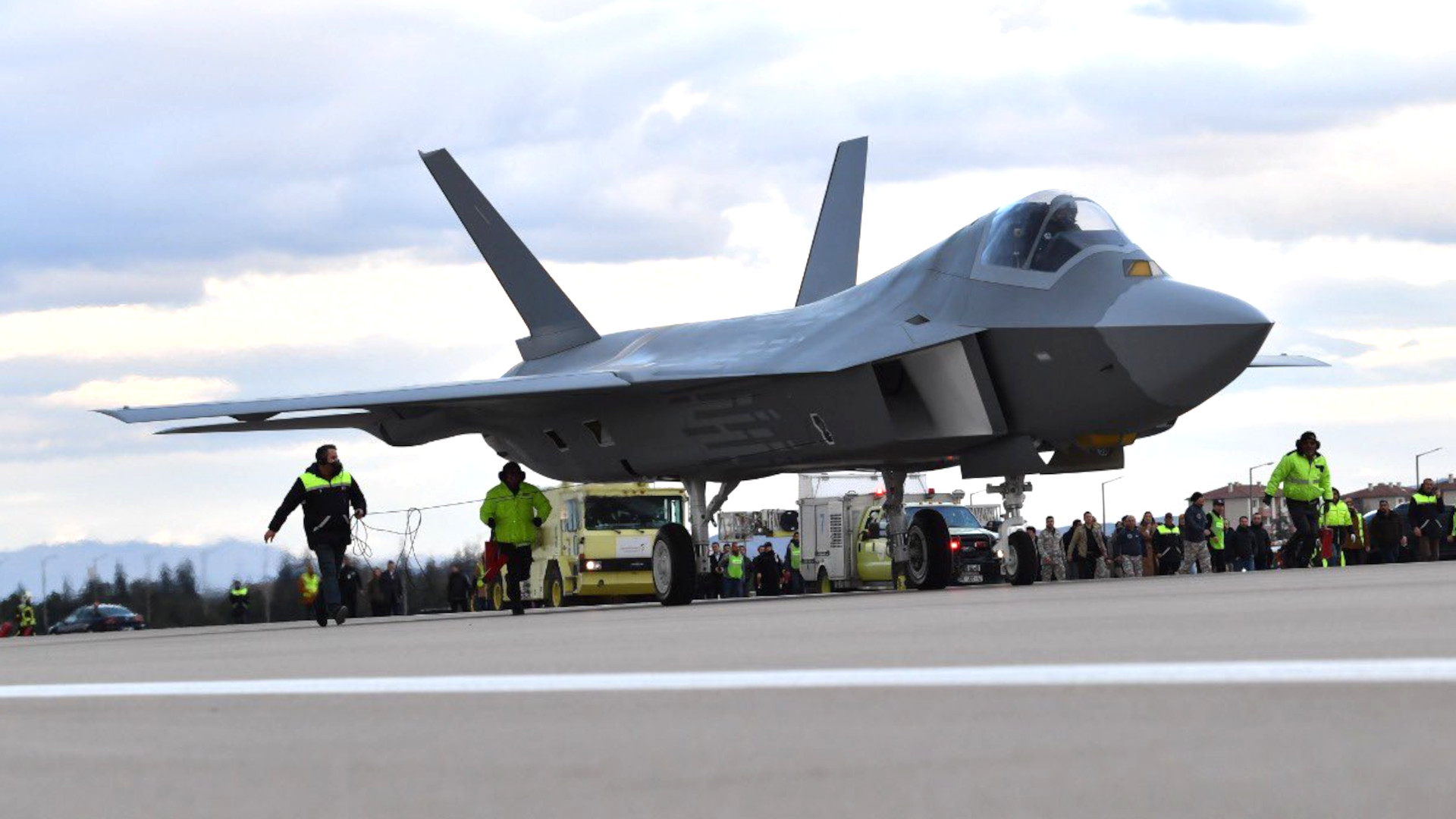
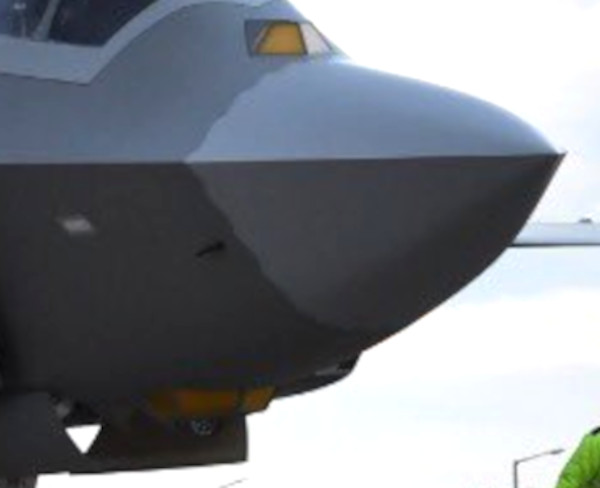
The view of the rear end of the TF-X prototype, which is also now wearing a two-tone gray scheme with a pixelated transition between the two shades, that SSB released is notably lower quality than the other images. The quality of the one from SavunmaSanayiST.com is also poor. This, in particular, raises questions about the exact shape and purpose of what could be a ‘stinger’ of sorts between the aircraft’s two engines.
The limited insights we have about the rear and of the TF-X prototype, together with its reported taxi test, also again raises one specific long-standing question: what engines are being used to power it? The pictures from SSB and SavunmaSanayiST.com show exhaust nozzles that look to be broadly in line with those seen on variants of the General Electric F110 series.
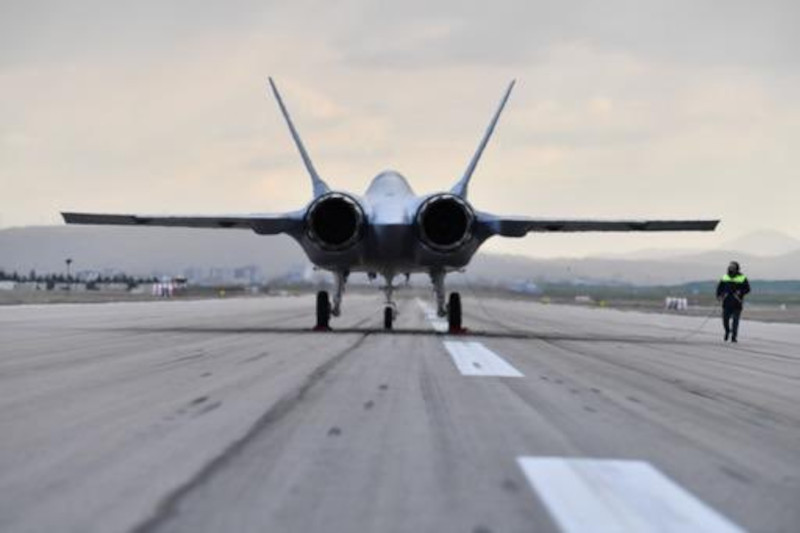
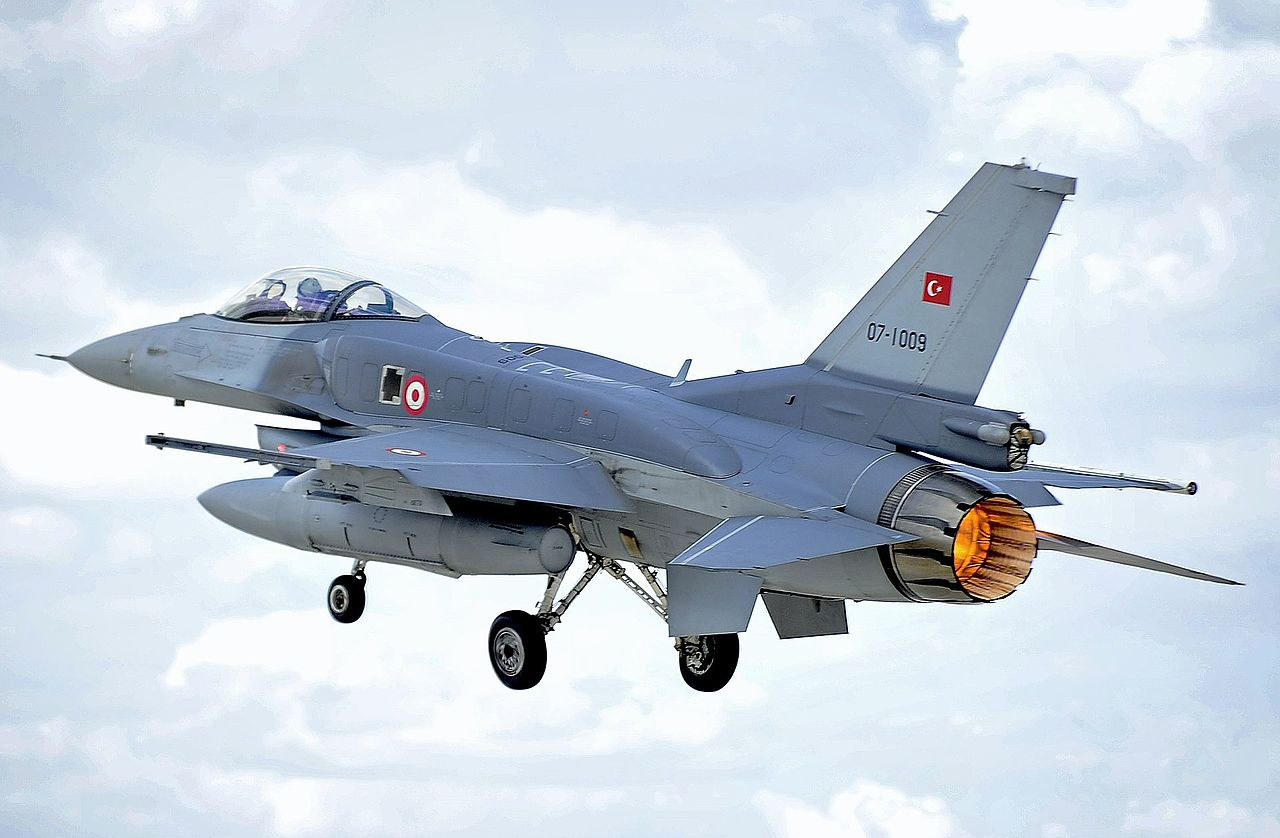
TUSAS’ most recent plan has been to use F110 turbofans to power the TF-X, examples of which are assembled under license in Turkey by TUSAS Engine Industries (TEI), at least initially. The ultimate goal is to eventually switch to a domestically produced type and TEI is a partner in the program.
A broad breakdown in U.S.-Turkish relations in recent years, including the ejection of Turkey from the F-35 Joint Strike Fighter program over its purchase of Russian-made S-400 surface-to-air missile systems, had raised questions about whether approval to buy additional American-made engines for this project would be forthcoming. The fallout from the F-35/S-400 spat had also prompted a new emphasis on domestically-developed weapon systems, in general, including the TF-X effort.
Despite all this, there were unconfirmed reports of new deliveries of F110s specifically for TF-X last year. There has also been something of a thaw in relations between Ankara and Washington recently. President Joe Biden and his administration have been pushing for approval of a new sale of F-16 Viper fighter jets to the Turkish Air Force. However, this continues to face resistance from some members of Congress and Turkish officials have suggested they might seek a non-U.S. alternative source of additional foreign-made fighters to help bolster their forces in the near term.
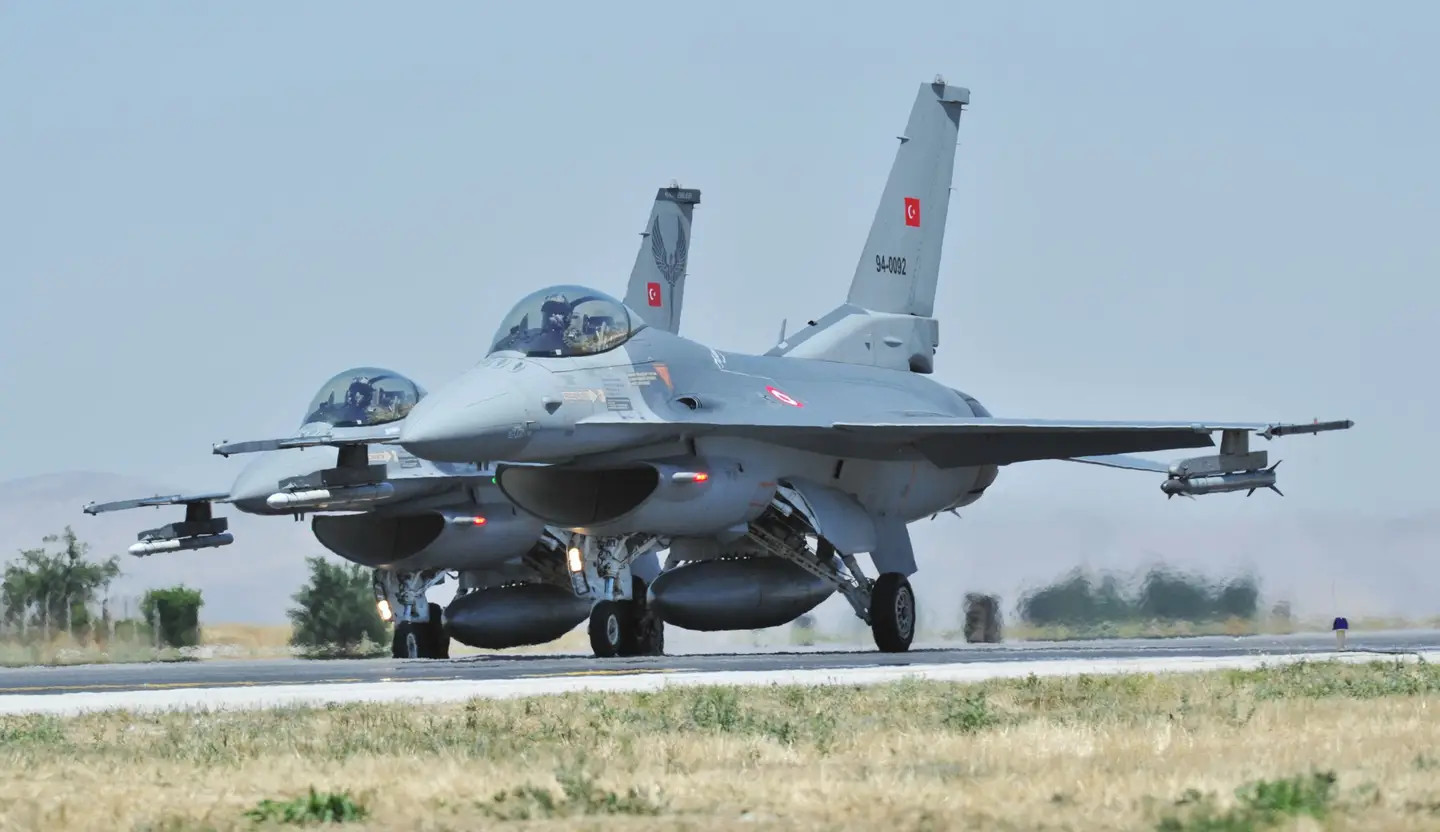
A possible engine partnership with Rolls-Royce in the United Kingdom has come up in the past, but an initial deal fell apart due to technology transfer and intellectual property rights issues. The prospect of using a Russian engine type has been raised previously, as well. This seems untenable now both practically and politically due to Russia’s all-out invasion of Ukraine, which has resulted in crippling sanctions on the country’s military and aviation industries, among others.
Otherwise specific details about the jet’s performance and capabilities, including just how low-observable (stealthy) it is, remain limited. The stated goal of the project has been to develop an advanced fighter with a reduced radar signature, as well as high performance and state-of-the-art avionics and other systems.
Overall, the jet has a look that is more reminiscent of the F-22 Raptor stealth fighter than the F-35. From what we can see so far, it has a basic configuration and chine line that are similar in broad strokes to the Raptor. It also has what looks to be deep serpentine intake ducts that block turbine fan faces rather than the diverterless supersonic inlets found on the F-35. The TF-X is noticeably smaller than the F-22.
The general arrangement of the Turkish jet’s two engines, which are set relatively far apart, would also point to high asymmetric thrust in engine out scenarios.
The Turkish government and TUSAS could well share additional details about the TF-X at the rollout tomorrow.
It still remains to be seen whether the program will be able to meet the aggressive timeline set for it and if a substantial number of TF-Xs will begin entering Turkish Air Force service by the end of the decade. Turkey’s interest in acquiring more F-16s in the meantime highlights the need that already exists for additional fighters, particularly to replace aging F-4E-2020 Terminators, in light of the country’s expulsion from the F-35 program.
The fighter-like Bayraktar Kizilelma drone, which could also eventually be paired with jets like the TF-X in a loyal wingman-type role, has been presented as another facet in a larger and still fluid plan for modernizing the Turkish Air Force’s tactical aviation fleets.

In the meantime, the prototype at least appears to be a very real aircraft and TUSAS looks to be making progress toward the goal of a first flight later this year. We should get a better look at it overall upon its formal rollout.
Contact the author: joe@thedrive.com
